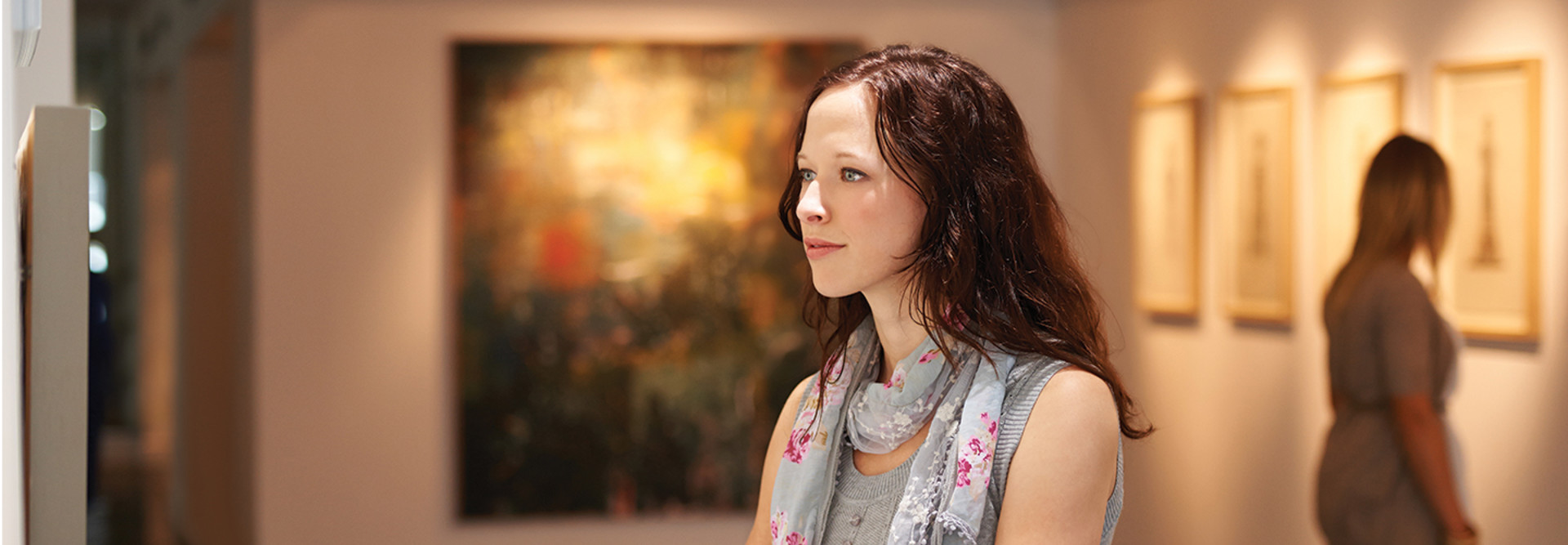RFID Tags Enhance Museum Experiences and Back-End Support
Here is your mission, should you choose to accept it: Create a museumgoer’s experience that is interactive, meaningful and memorable.
That’s what the International Spy Museum set out to do when it opened a new, 140,000-square-foot facility at L’Enfant Plaza in Washington, D.C., last May. It did so, in part, by leveraging devices embedded with radio-frequency ID tags that can track visitors’ movements as they wander through the museum.
A number of museums around the world are using RFID technology to create interactive exhibits that sometimes make a greater impression on guests than even the rarest of artifacts. These exhibits help to deliver a personalized, connected experience that gives visitors valuable takeaways and deepens their understanding of history, art and community.
RFID also pays dividends to curators and other staff, providing insights into which exhibits are the most popular. Plus, the technology helps museums track inventory and keep their most valuable assets safe from theft and damage.
MORE FROM BIZTECH: Learn how to improve protection of valuable artifacts.
RFID Tags Personalize Visitors’ Museum Experience
A centerpiece of the International Spy Museum is the Undercover Mission experience, which uses RFID technology and interactive stations to let visitors adopt a spy’s cover identity and test their espionage skills. Visitors receive their undercover identity at the museum’s Briefing Center and can even get their mission “debrief” online after the visit by entering their badge numbers.
In an era where nearly any bit of information is a mere Google search away, museums are rethinking the type of value they can provide. One strategy is to give visitors more immersive experiences.
For instance, visitors to the Horsens Prison Museum in Denmark carry RFID tags that let them follow the life of a specific inmate or guard during their visit through access to videos, photographs and information about that person. When guests arrive at the museum, they choose one of 10 individuals to follow, such as Carl August Lorentzen, who escaped the prison by digging a 59-foot tunnel. Then, during tours, they place the RFID tags next to readers to activate the display of images and videos via laser projectors and touch screens located throughout the facility.
At the end of the tour, visitors can enter their email addresses to receive a “secret code” for more information on the museum’s website. The museum then uses those addresses to send promotional information.
RFID tagging can also augment more hands-on experiences. At the University of Michigan Museum of Natural History, visitors can handle artifacts such as fossils and early tools (protected by transparent cases outfitted with RFID tags). When visitors place an artifact in front of a touch display, they learn more about the object from photos, videos and maps.
Museums Enhance Asset Inventory and Security with RFID Tags
Retailers have long used RFID tags to monitor the location of goods and prevent theft in their stores, and museums have also adopted the technology for that purpose. Many museums house thousands and thousands of artifacts, making it difficult for administrators to keep tabs on collections without the aid of technology.
The Metropolitan Museum of Art in New York has even used RFID tags to gather and analyze environmental data about the spaces where museum pieces are displayed, with the goal of finding an optimal display climate for artwork.









